Employee Onboarding Everything You Need to Know in 2024
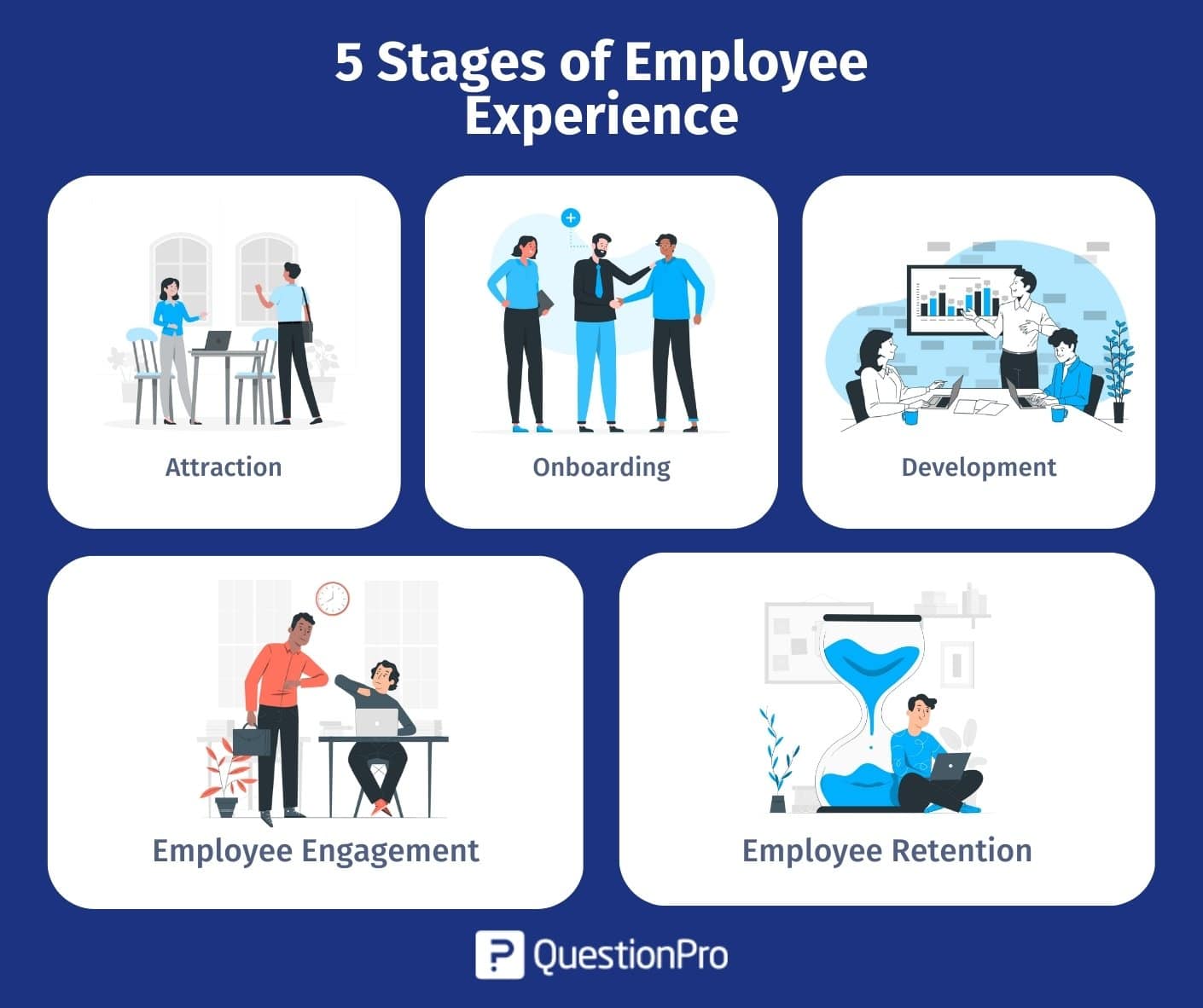
Improving Employee Experience What it is, Ideas + Tips
Some approaches suggest employee onboarding is done and dusted after a few short weeks, or even days. Today, with a greater understanding of the modern workforce, we know better. From our experience, onboarding should last at least seven months - one month before the new hire's first day at work and at least six months after. Learn about.

How Long Should Onboarding Take? Best Practices and Ideal Timeline Zavvy
Here are ten factors to consider when determining how long onboarding should take in your organization.. and effective ways to improve workplace culture that can all be implemented in 15 minutes or less.. Kevin Marasco, Tracy Cote, Jay Fulcher The book 'People Operations: Automate HR, design a Great Employee Experience, and Unleash Your.

How Long Does Onboarding Take?
Ho to Make Employee Onboarding a Top riority in 2023 7 How to Onboard New Employees: The 6 Best Tactics You'll Need Craft a Compelling Job Offer A good offer letter will go a long way: In a recent BambooHR study, we found that employees who receive a highly effective offer letter are more than 17x more likely to feel emotionally connected to.

11+ Tips for the Best Employee Onboarding Process Venngage
2. Learning. The main goal of onboarding is for new hires to learn everything they'll need to succeed in their new role. A great onboarding program also helps new hires conceptualize and develop their long-term professional goals. You should go beyond the technical skills they'll need to succeed in their new role.

Onboarding vs. Orientation Impressing New Employees THE RESOURCEFUL CEO®
1. People: Foster meaningful relationships. Onboarding is all about connection. For many employees, the most valuable aspect of their most recent onboarding experience was the human element.

How Long Does Onboarding Take? A Complete Guide IoT Wiser
1. Execute the first-day agenda. On an employee's first day, they want to feel special. They want to feel like you're prepared to welcome them, prepared to teach them, and prepared to help them succeed. A great way to do this is to prepare and execute a first-day agenda.

5 Steps to a Successful Employee Onboarding Process Profit.co
Statistics released by UrbanBound stated a standard onboarding program increases retention by 50%. Here are 10 simple ways companies can improve their onboarding practices to retain top talent.

The Importance of the Employee Onboarding Process Project Bold Life
New employee onboarding can be a complicated and time-consuming task for any human resources department. However, this process is incredibly important and can set the tone for long-term success.
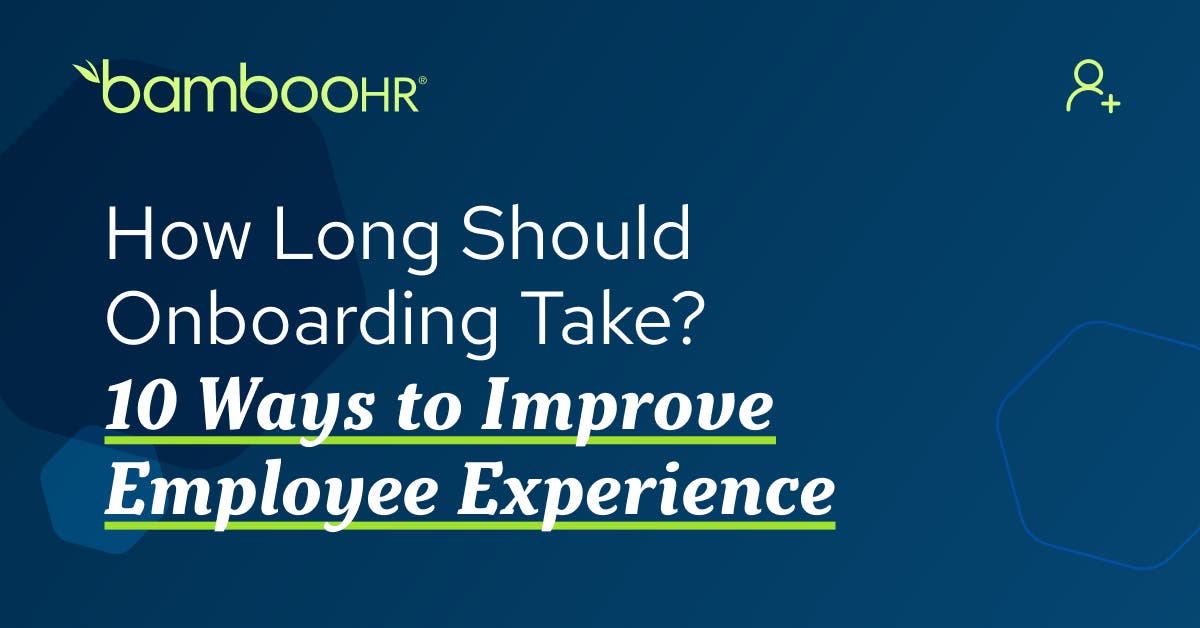
How Long Does Onboarding Take? 10 Ways to Improve Employee Experience
It establishes their comfort level, clarifies aspects of their assigned role, and enhances their understanding of the company's vision and culture. Job satisfaction. An effective onboarding program can make a new employee feel valued and secure in their workplace, leading to higher job satisfaction. Role clarity.
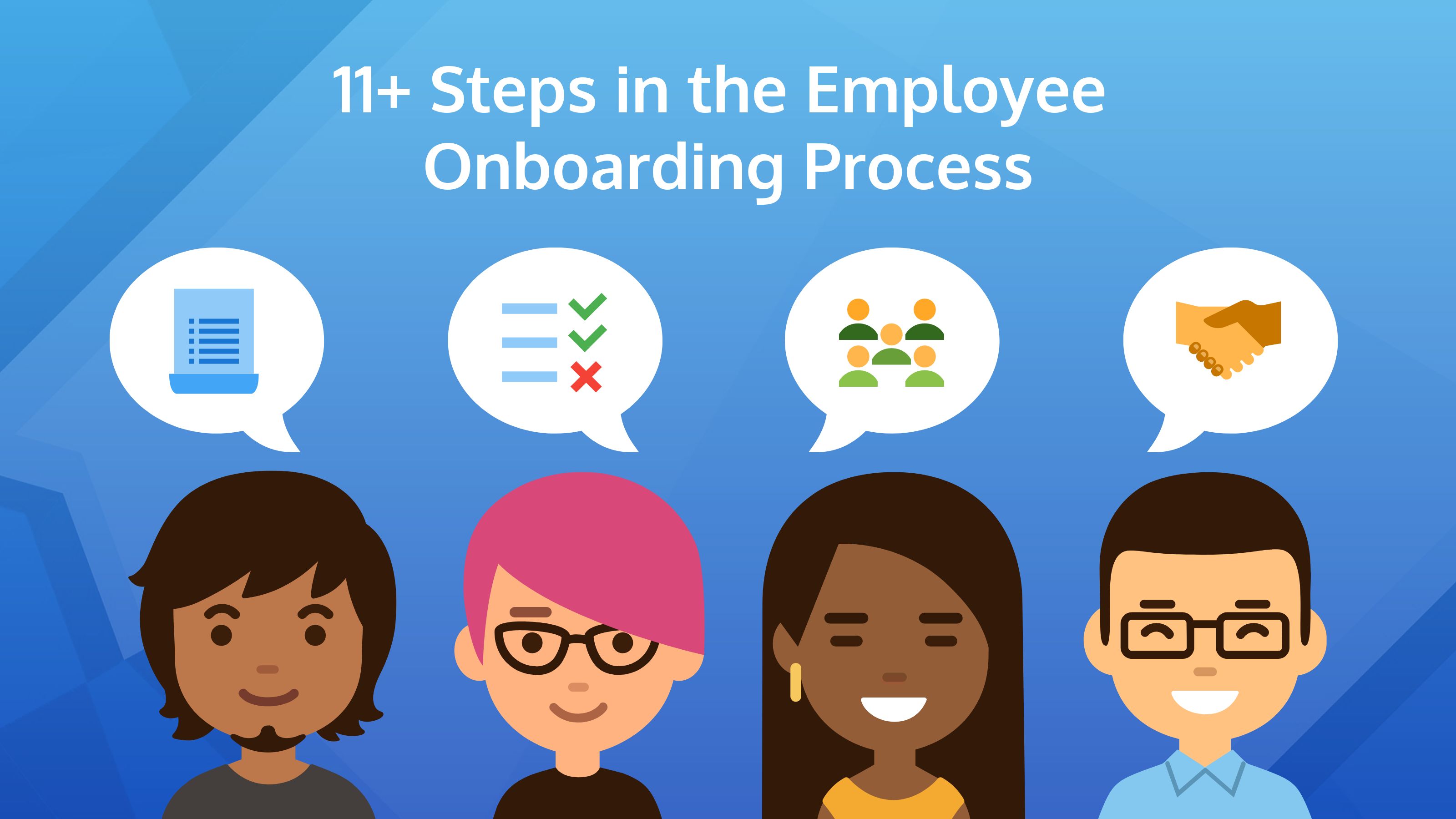
11+ Tips for the Best Employee Onboarding Process Venngage
The most commonly accepted answer among the HR community is three to six months. 15% of companies continue onboarding after six months. But nearly 90% of employees decide whether to stay or go within that first six months. According to some research, firms can improve job satisfaction by extending onboarding for the full first year of employment.

10 Effective Onboarding Best Practices ATD
Discover the top 10 strategies to enhance employee experience in 2024. From leveraging onboarding technology to fostering relationships, optimize your onboarding process for success.

How Long Does Onboarding Take?
Step #8: Pilot the Timeline. Before fully implementing your new timeline, consider running a pilot program with a small group of new hires. This allows you to identify any potential issues or areas for improvement. Before fully implementing your new onboarding timeline, you can follow these steps:
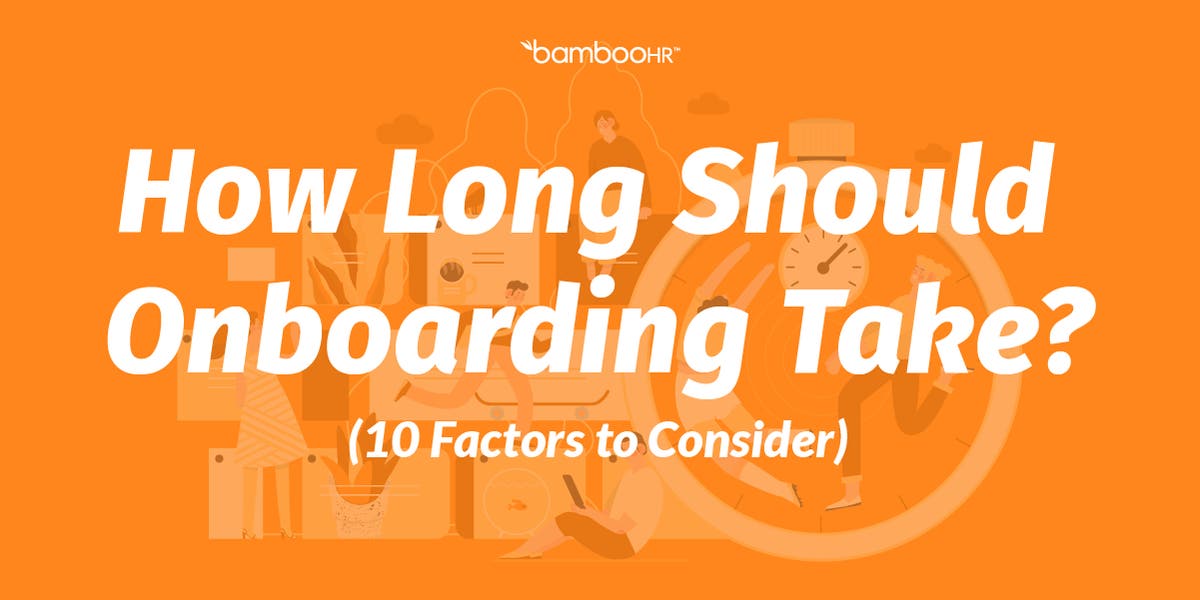
How Long Does Onboarding Take? 10 Ways to Improve Employee Experience
Most human resource experts agree that onboarding should take at least three months for new hires. However, by extending onboarding throughout the employee's first year, you can positively impact and increase employee retention and engagement. While onboarding processes vary from business to business and even between industries, there are.
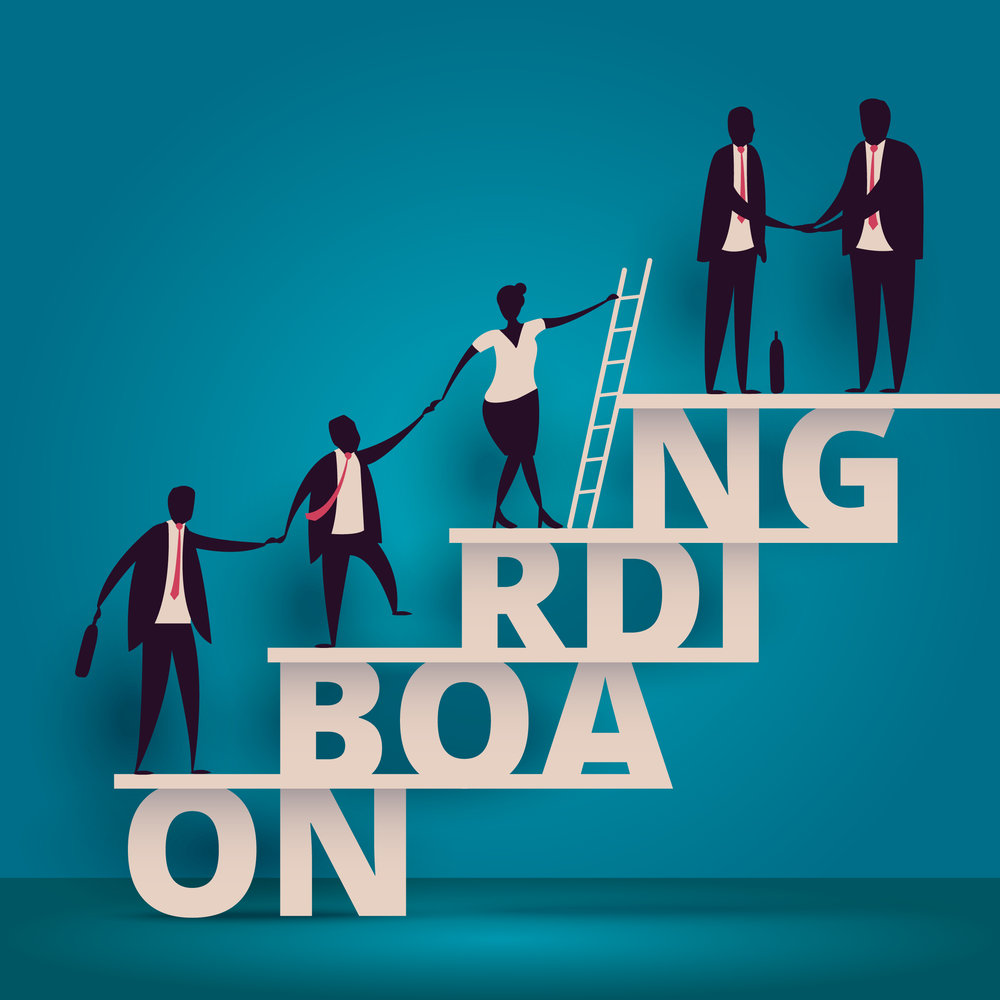
The Importance of an Effective Onboarding Process Human Resourcing
Here's our view on how long should onboarding take: Onboarding duration depends on a host of factors, but research suggests employees can benefit more from longer, structured onboarding processes. This doesn't mean your employees will always take longer to be productive. Let us explain. Most HR professionals focus on the time-to-onboard.
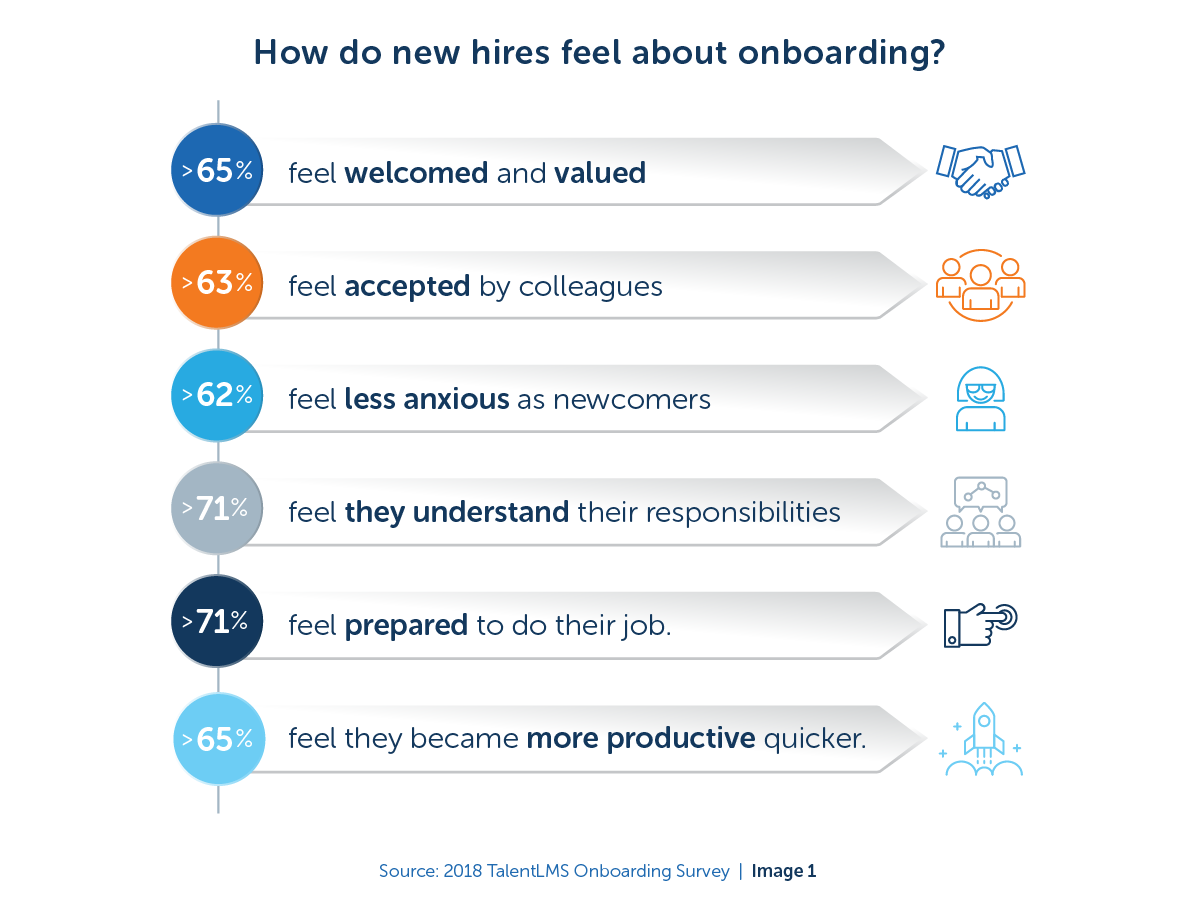
Employee Onboarding A comprehensive guide
Employee Experience Stage 3: Onboarding Employees. Onboarding is the process employers follow to integrate new employees into the organization. It's a time when companies fulfill promises made during recruitment and hiring, and lay the groundwork for the rest of the employee lifecycle. The onboarding process starts before the new employee.
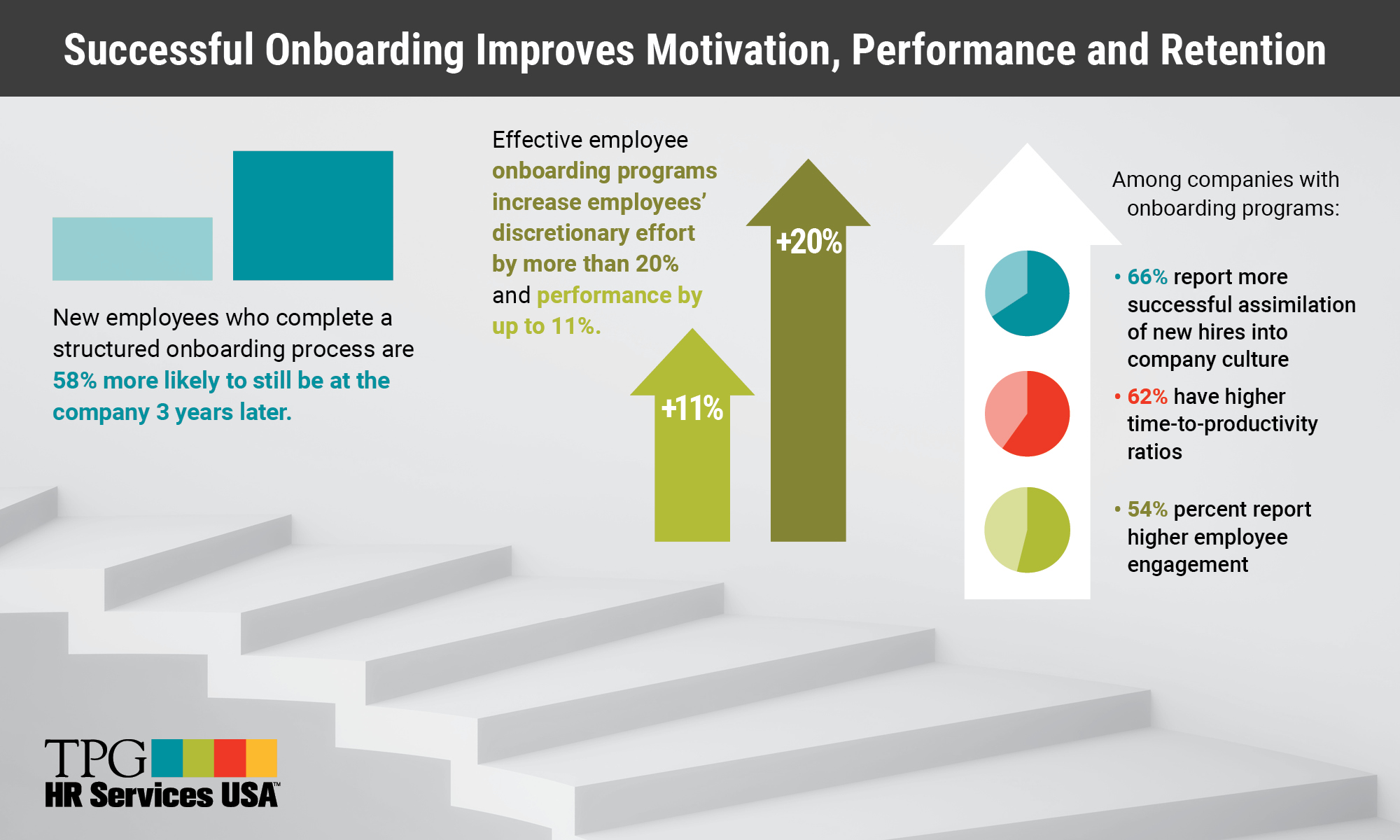
Improve Onboarding Process for Improved Employee Retention
Other reasons could include overloading your new hire with information, lack of feedback, and not using metrics to measure your onboarding efforts. Improve your Employee On-boarding process with these 10 simple tips and ideas 1. Start early 2. Prepare a checklist 3. Make it fun & engaging 4. Involve a buddy.